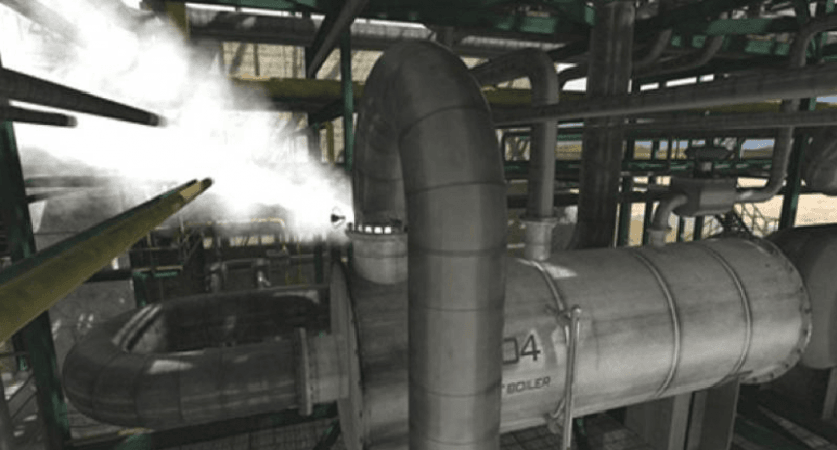After the poisonous gas leak reported in Visakhapatnam on Thursday, May 7 morning, seven workers fell ill after inhaling some poisonous gas at a paper mill in Chhattisgarh's Raigarh district.
The incident occurred on Wednesday evening at Shakti Paper Mill in Tetla village, where the victims were cleaning an open tank, said the police.

According to Raigarh superintendent of police Santosh Singh, the factory owner did not inform the administration about the incident, which only came to light after the hospital authorities alerted the police.
The mill had remained shut ever since the Covid-19 lockdown was enforced and the cleaning work was underway to resume operations, the official said.
The workers were admitted to a local hospital, from where three were shifted to Raipur in view of their critical condition, he said.
A team of forensic experts was dispatched to the spot to investigate the exact cause of the incident, Singh said, adding that a case will be registered soon.
Gas leak in Visakhapatnam
At least 10 people died and hundreds of others were taken ill after styrene gas leaked from an LG Polymers plant near Visakhapatnam in Andhra Pradesh on Thursday.
Visuals of people dropping unconscious on the streets were shared on social media, recalling the horrors of 1984 Bhopal gas leak. The deadly gas leaked reportedly when the plant was being reopened and spread over a radius of about three kilometers.
The poisonous styrene gas was leaked at around 2:30 am on Thursday from a styrene plant owned by South Korean electronics giant LG, located at RRV Puram, about 15 km from the coastal city of Vizag.
Styrene is a flammable liquid that is used to make polystyrene plastics, fiberglass, rubber, and latex.
Apart from these, styrene is also used in manufacturing insulation pipes, automobile parts, printing cartridges and copy machine toner, food containers, packaging, carpet backing, luggage, shoes, toys, floor waxes, and polishes. A widely used compound, therefore, styrene is well known for its high tendency to undergo polymerisation.

















